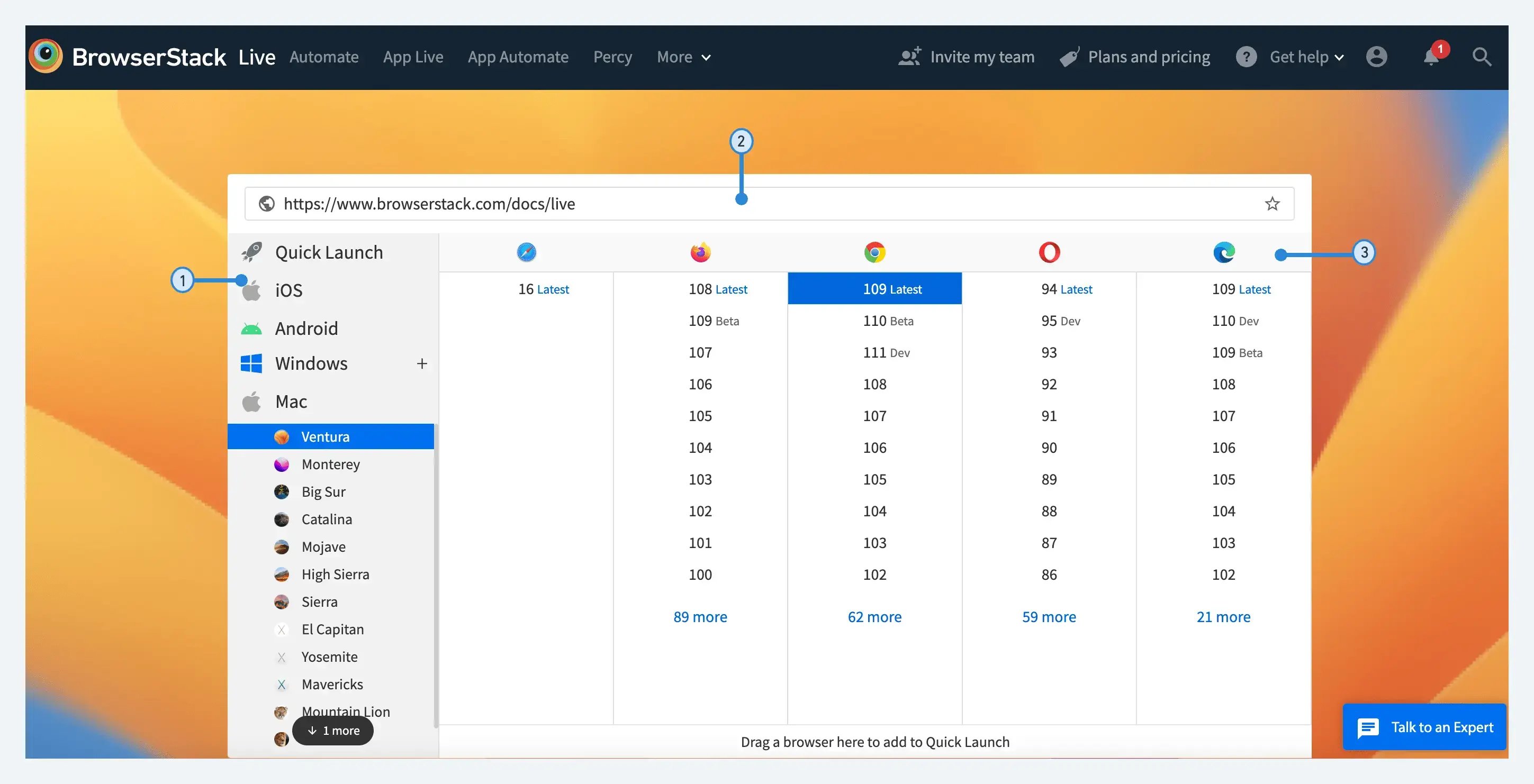How to Create a Free Website: A Comprehensive 12-Step Guide
Creating a free website may appear daunting at first, but it is achievable with the right tools and a systematic approach. Whether you are looking to showcase your work through a portfolio or set up an online store for various products, website builders can be a valuable resource. Here is a concise 12-step guide to help you create a free website using any website builder.
Table of Contents: How to Create a Free Website
- Introduction: How to Create a Free Website, Questions to Guide You in Creating a Free Website
- Step 1: Design Wireframes & Mockups
- Step 2: Develop a Visual Style Guide
- Step 3: Set Up WordPress CMS
- Step 4: Implement Website Design
- Step 5: Develop Key Functionalities
- Step 6: Create Initial Content
- Step 7: Upload Content
- Step 8: Conduct Testing
- Step 9: Optimize Performance
- Step 10: Final Testing & Approval
- Step 11: Prepare for Launch
- Step 12: Website Launch
- Further Reading and Resources
Questions to Guide You in Creating a Free Website
1. What is the purpose of creating your free website?
- Understanding your website's purpose will guide your design, content, and functionality decisions.
2. Who is my target audience for creating your free website?
- Identifying your audience will help tailor your content and design to meet their needs and preferences.
3. What content do I need to create your free website?
- Consider the pages, posts, images, and other content types necessary to achieve your goals.
4. Which website builder should I use to create my free website?
- Evaluate different website builders like WordPress, Wix, or Weebly based on your needs and technical skill level.
5. How should I structure my free website?
- Plan your site's layout using wireframes and mockups to ensure a user-friendly experience.
6. What visual elements represent my brand when creating my free website?
- Develop a visual style guide to maintain consistency in colors, fonts, and design elements across your site.
7. How will I manage the content of the free website I created?
- Choose a CMS like WordPress to easily create, manage, and organize your website content.
8. What key functionalities does my free website need?
- Determine essential features like contact forms, e-commerce capabilities, and social media integration.
9. How can you ensure that a free website is mobile-friendly?
- Test your website's responsiveness on different devices to ensure it works well on mobile and tablets.
10. What steps will I take to optimize my free website?
- Implement performance optimization techniques like image compression, caching, and using a CDN.
11. How will I promote my free website once it's live?
- Plan your marketing strategy, including social media announcements, email newsletters, and SEO.
Step 1: Design Wireframes & Mockups for your Free Website
Before you dive into creating your free website, it's essential to plan your layout. Wireframes are basic sketches of your free website site's structure, helping you visualize the placement of elements on each page. Mockups are more detailed designs, often created using tools like Sketch or Adobe XD, showing colors, fonts, and images. Spend time perfecting these designs; a well-thought-out wireframe and mockup set the foundation for a user-friendly website.
Further Reading: Creating Effective Wireframes
Step 2: Develop a Visual Style Guide for Your Free Website
A visual style guide ensures consistency across your website. Define your brand's color palette, typography, button styles, and image guidelines. Tools like Canva or Adobe Spark can help you create a professional style guide. Consistency in design elements strengthens your brand identity and enhances the user experience.
Further Reading: How to Develop a Visual Style Guide

Step 3: Set Up WordPress CMS
WordPress is one of the most popular content management systems (CMS) and is ideal for beginners and experienced users. Choose a reliable hosting provider like Bluehost or WordPress.com for a seamless setup. Follow the instructions to install WordPress, and you’ll have the backbone of your site ready in no time.
Further Reading: Setting Up WordPress: A Beginner’s Guide
Step 4: Implement Website Design Your Free Website
With WordPress set up, it's time to apply your design. Choose a theme that matches your visual style guide. Themes like Astra or OceanWP offer high customization options and are beginner-friendly. Customize the theme to align with your wireframes and mockups, ensuring the design is visually appealing and functional.
Further Reading: Top WordPress Themes for 2024
Step 5: Develop Key Functionalities for Your Free Website
Identify the essential features your free website needs. This could include contact forms, e-commerce capabilities, social media integration, or booking systems. WordPress plugins like WooCommerce for online stores, Contact Form 7 for forms, and Yoast SEO for optimization are excellent tools to enhance your site's functionality.
Further Reading: Must-Have WordPress Plugins
Step 6: Create Initial Content
Content is the heart of your free website. Start with the basics: your homepage, about page, contact page, and any other essential pages relevant to your site’s purpose. Write clear, engaging, and informative content that reflects your brand voice. High-quality images and videos can also enhance your content and keep visitors engaged.
Further Reading: Crafting Compelling Website Content
Step 7: Upload Content to your free website
With your initial content ready, it's time to upload it to your free website. Use the WordPress editor to create new pages and posts, and upload your text, images, and videos. Pay attention to formatting to ensure your content is easy to read and visually appealing.
Further Reading: Guide to Using the WordPress Editor
Step 8: Conduct Testing
Testing is crucial to ensure your free website functions correctly across different devices and browsers. Check for broken links, ensure forms are working, and verify that images load properly. Tools like BrowserStack can help you test your site across various platforms.
Further Reading: How to Test Your Website

Step 9: Optimize Performance
A slow free website can deter visitors. Optimize your site’s performance by compressing images, enabling browser caching, and using a content delivery network (CDN). Plugins like W3 Total Cache and Smush can help improve your site’s speed and performance.
Further Reading: Improving Website Performance
Step 10: Final Testing & Approval for your free website
Before launching your site, conduct a final round of testing. Ensure all functionalities work correctly, the design is consistent, and the content is error-free. Get feedback from friends or colleagues and make necessary adjustments.
Further Reading: Final Website Testing Checklist
Step 11: Prepare to Launch your free website
Preparing for launch involves finalizing any remaining details. Set up Google Analytics to track your site’s performance, ensure your site is backed up, and create a launch checklist to cover all bases.
Further Reading: Preparing Your Website for Launch
Step 12: Your free website Launch
It's time to go live! Announce your website launch on social media, send out an email newsletter, and leverage any other marketing channels you have. Keep monitoring your site post-launch for any issues and continue to update content regularly.
Further Reading: Post-Launch Website Management

Creating a free website doesn’t have to be overwhelming. By following these 12 steps, you can create a professional and functional website for free. Whether you're showcasing your portfolio or setting up an online store, these steps will guide you through the process from concept to launch. Happy building!
For additional resources and tutorials, visit:
- Canva Design School
- Adobe XD Tutorials
- WordPress Official Site
- BrowserStack Testing Tool
- Google Analytics Academy
Peace and Love

 By
By


